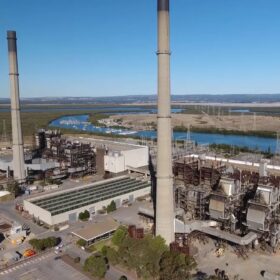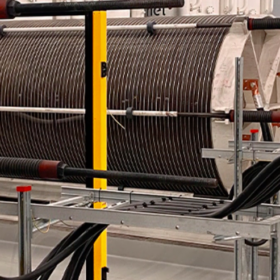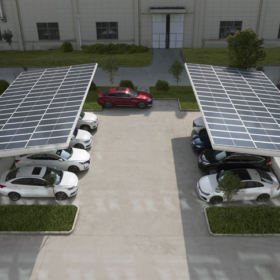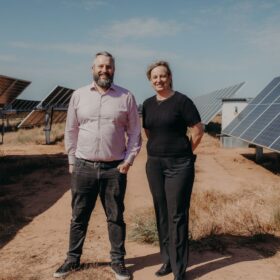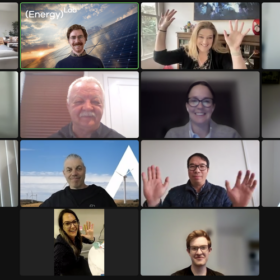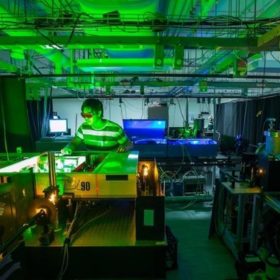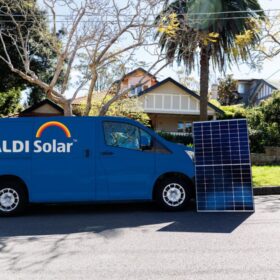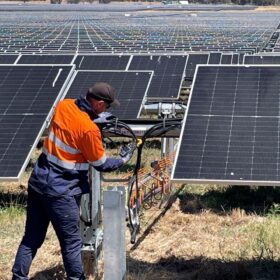AGL awards demolition contact for Torrens Island gas power plant
One month after formally opening its first operational grid-scale battery at the Torrens Island power station site in South Australia, AGL has confirmed that next month it will begin demolishing the adjacent gas-fired Torrens ‘A’ power plant.
World’s first green hydrogen plant to heat steel
Hitachi Energy has delivered a modular solution to electrify a 20 MW electrolyser to produce hydrogen to heat steel before rolling, while Enapter has unveiled its AEM electrolysers for industrial and refuelling pilot projects.
Indian scientists making high-purity polysilicon ingots from recyled PV cells
Indian scientists have produced high-purity polysilicon ingots from recycled solar cells using “spark plasma sintering” (SPS), and claim they may achieve a purity level comparable to commercially available products.
GoodWe launches specialised carport solar panel in Australian market
Chinese company GoodWe will now be offering specialised carport solar panels to the Australian market, which it says are designed to overcome issues around water drainage and wiring.
First $5 billion transferred to manufacturing fund, proposals so far dominated by renewables
Australia’s National Reconstruction Fund is up and running, with the federal government transferring the first $5 billion (USD 3.26 billion). The fund has already received around 100 proposals, with climate ventures and advanced technology reportedly dominating.
Solar farm connects in NSW Riverina
Mytilineos’ 75 MW Wyalong Solar Farm in the New South Wales Riverina region has now begun feeding into the grid, with almost two thirds of its generation contracted to NBN Australia, the national broadband network.
How long do residential solar batteries last?
Multiple factors affect the lifespan of residential battery energy storage systems. We look at the lifespans of batteries in the third part of this series.
PV near railway tracks is technically feasible, researchers claim
Despite soiling and mechanical stress, PV deployed between or close to rail tracks is not just a crazy idea, states an Australian-Bangladeshi research group. The scientists conducted a techno-economic analysis on a 128 kW demonstrator and found it may achieve a levelised cost of energy of only USD 0.052/kWh ($0.080/kWh).
Platform helping developers see constraints on the grid among startup accelerator’s 2023 cohort
Startup accelerator EnergyLab is showcasing its 2023 cohort of promising climate tech startups this morning. Ahead of the launch, pv magazine Australia caught up with participants Energy Synapse and PowerPlay.
UNSW team make discovery they say could push solar’s efficiency limit beyond 40%
UNSW researchers have found a new approach to photochemical upconversion, which involves converting low light particles into higher-energy light particles. The discovery has potential to unlock innovations in renewable energy, particularly solar, with the team flagging it could raise the efficiency limit of solar devices from 33.7% to 40% or beyond.
